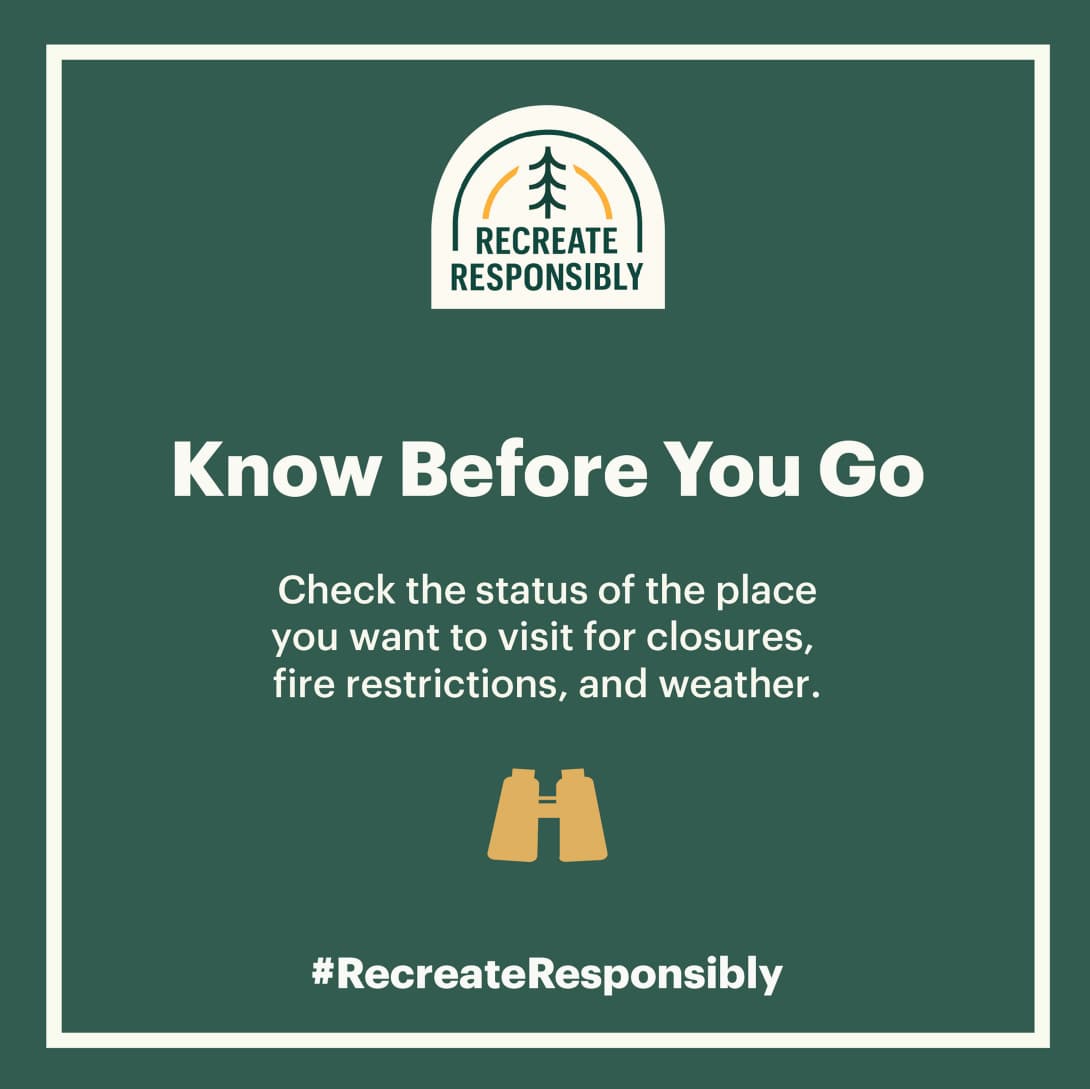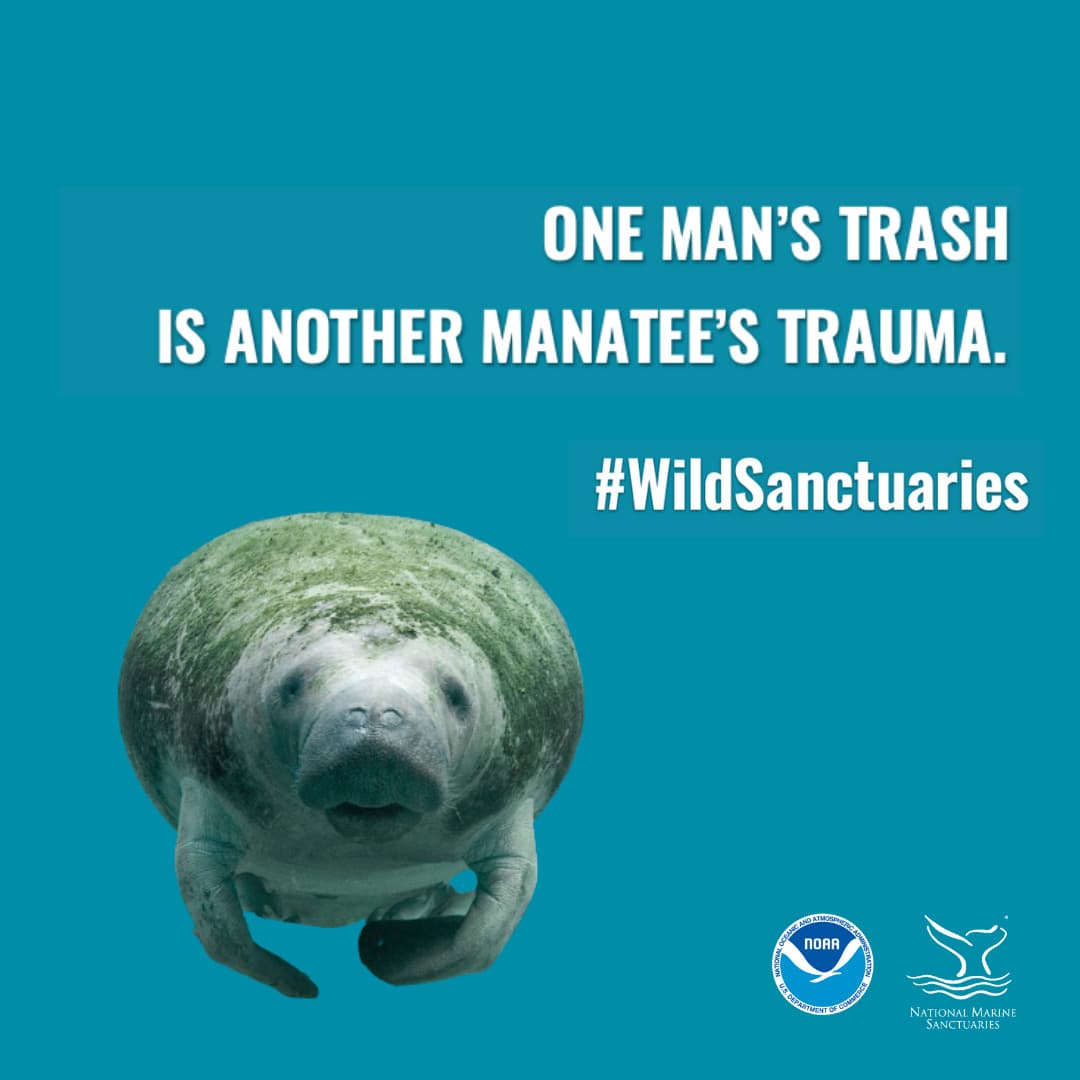Camping Itinerary:
Tropical Paradise Duo
By Rachel Plunkett
August 2022
Florida Keys National Marine Sanctuary and Dry Tortugas National Park
Florida Keys National Marine Sanctuary protects the waters surrounding the island chain known as the Florida Keys, extending from south of Miami, Florida, westward to encompass the Dry Tortugas, excluding Dry Tortugas National Park. Within the clear tropical waters of the Florida Keys, visitors can explore coral reefs, shipwrecks, seagrass beds, and observe wildlife such as fish, seabirds, and manatees. Exploring the Florida Keys also offers an opportunity to experience the unique cultural convergence there—a community that in 2000 adopted the slogan “One Human Family” honoring “Conch culture” and the rich history of Native American, Spanish, Cuban, African, and Bahamian influences. The more remote Dry Tortugas National Park, located 70 miles from Key West, encompasses 100 square miles of pristine waters and a chance to truly unplug from the buzz of everyday life. Wildlife abounds, as well as a chance to explore a 19th century fort—one of the largest ever built.
Getting There
Fly into Miami, Fort Lauderdale, Marathon, or Key West if traveling from afar and rent a car.

Where to Camp
- Upper Keys: John Pennekamp State Park
- Middle Keys: Bahia Honda State Park
- Other options: Long Key State Park, Curry Hammock State Park, or any of the privately-owned camp areas
- The campground within John Pennekamp Coral Reef State Park allows for easy access to the clear waters of Florida Keys National Marine Sanctuary. With this underwater park at your doorstep, you can book a dive or snorkel trip directly on site with a Blue Star dive operator to explore some of the most charismatic reef sites in the U.S.
- Camping at Bahia Honda State Park offers access to a sandy beach or kayak launch to explore calm bayside waters of Florida Keys National Marine Sanctuary. At night enjoy one of the darkest skies in the area while watching the moon rise over ocean views. You can either snorkel from the beach or book a ride on their snorkel boat to go explore Looe Key Sanctuary Preservation Area.
- You can also check out other nearby dive sites available to visit with Blue Star dive operators, such as Key Largo Dry Rocks, Sombrero Key, Coffins Patch, or Cheeca Rocks sanctuary preservation areas. Download the Marine Sanctuary Explorer App to familiarize yourself with the various marine zones, navigation channels, and dive sites within sanctuary waters.
- Go backcountry fishing in tidal flats for bonefish, permit, barracuda, or tarpon by booking with a Blue Star fishing operator. The Blue Star Fishing program recognizes charter boat captains who are committed to sustainable fishing and educating their customers about resource protection in the sanctuary.
- Kayak or paddleboard over shallow seagrass beds and through winding mangroves, such as at Indian Key Historic State Park.
- Head down to Key West to visit the re-designed Florida Keys Eco-Discovery Center and learn about the natural wonders and fragile marine ecosystems, or enjoy one of the many walking, trolley, or train tours offered in town.
- Hop on a ferry ride, boat, or seaplane charter to Dry Tortugas National Park. Boat rides typically leave in the morning and take two hours, but are dependent upon weather.
- At Dry Tortugas National Park, you’ll be away from the clamor of everyday life. Although 99% of the park is underwater, you can enjoy some solitude on land by relaxing on the beach, birding, or taking a tour of Fort Jefferson. There are also picnic areas available.
- One of the most popular snorkeling areas in the park is located approximately 75 yards from the western edge of the moat wall of Fort Jefferson. Here you can view pristine seagrass, large coral heads, and catch a glimpse of tropical fish such as parrotfish and angelfish
- Most single-day boat trips to the Dry Tortugas will have you back to Key West by 5 p.m. (weather permitting).
- If driving to or from Miami or Fort Lauderdale, stop by the Biscayne National Park Visitor Center in Homestead, Florida and check out some of the exhibits and trails. The Biscayne National Park nature trail out of the visitor is a light hike and is handicap accessible all of the way through.
- For wildlife enthusiasts—specifically birders—Florida is home to the 2,000-mile Great Florida Birding Trail, a self-guided trail connecting over 500 sites for birding and wildlife viewing. Some birds you might see include great blue herons, sandpipers, black skimmers, oystercatchers, and roseate spoonbills.
- Stop at one of the many restaurants along Florida’s 113-mile Overseas Highway and eat some lionfish. Lionfish are an invasive species that threaten the natural ecosystem in Florida Keys National Marine Sanctuary and the waters of Dry Tortugas National Park. Many restaurants now offer this dish, which is delicious and rich with Omega 3 fatty acids.
- Make a pit stop at Big Pine Key’s National Key Deer Refuge to see pine rockland forests and tropical hardwood hammocks that provide habitat for key deer, which are unique to the lower Florida Keys. The Blue Hole Observation Platform within the refuge is a natural sinkhole that was used as a quarry and is filled with fresh water. In this area, you might see key deer, alligators, turtles, iguanas, and a variety of birds.
- Take a sunset sailing trip around Key West or visit Mallory Square for spectacular sunset views and live performances.
Visiting recreation.gov is a good place to start, or you can use this interactive map tool to search Florida State Parks in the Florida Keys.
Three Day Itinerary: What to Explore
Day 1
Snorkeling or Diving:
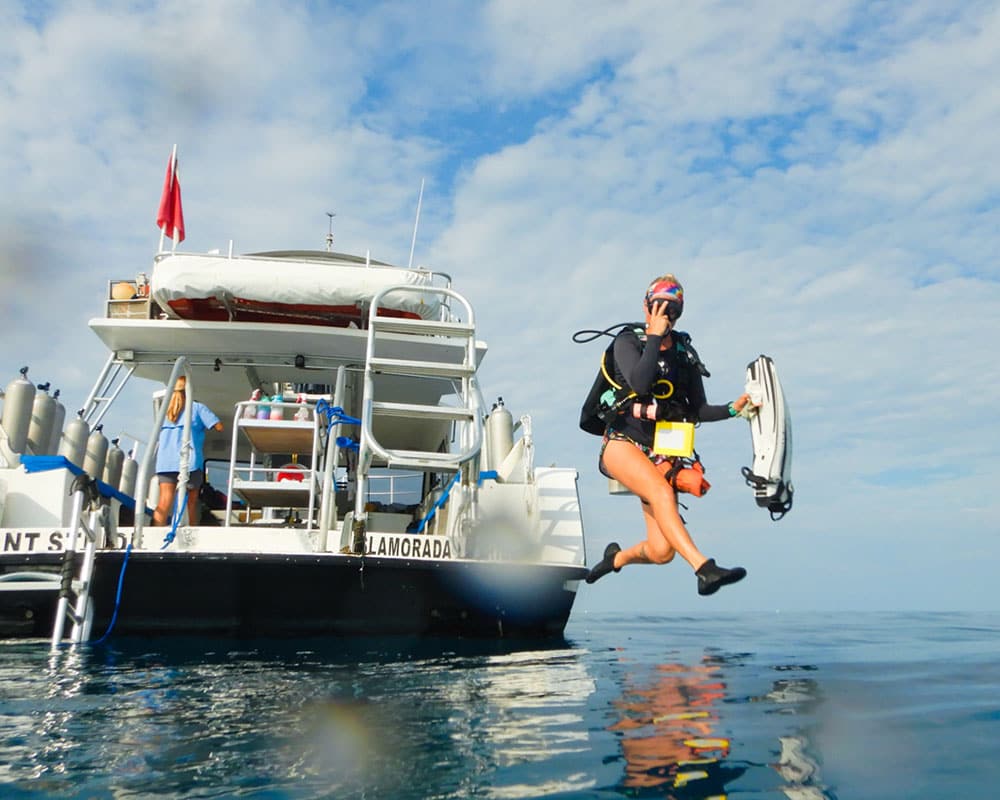
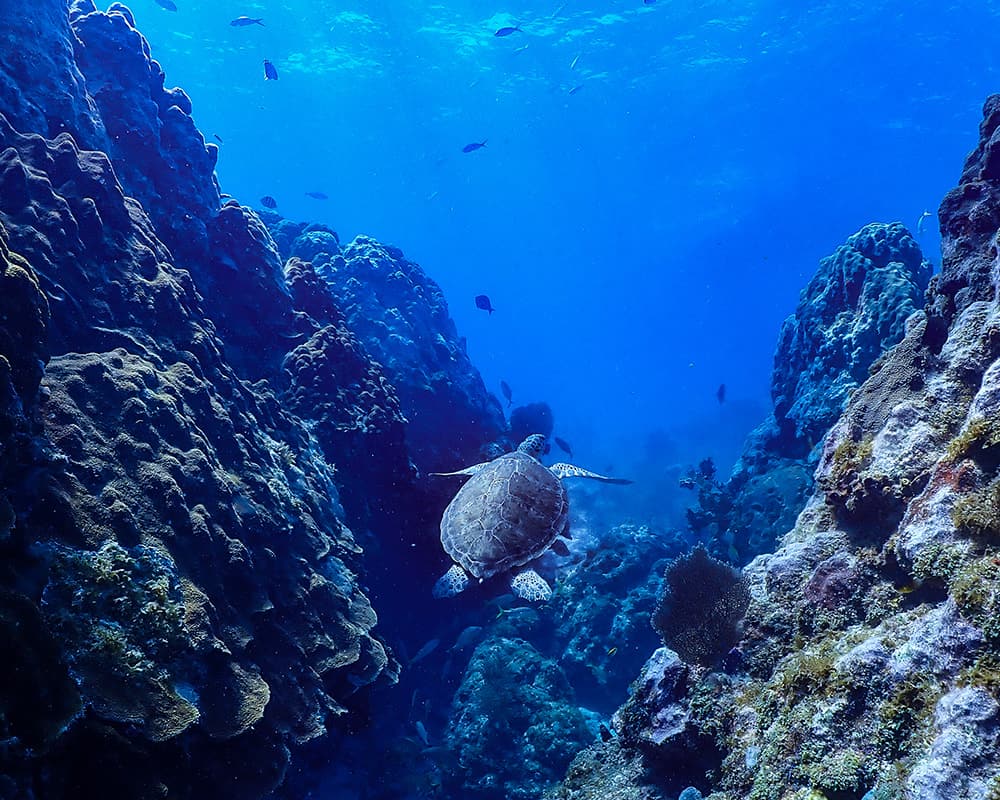
Day 2
Backcountry Fishing or Paddling:
Discovery Center:
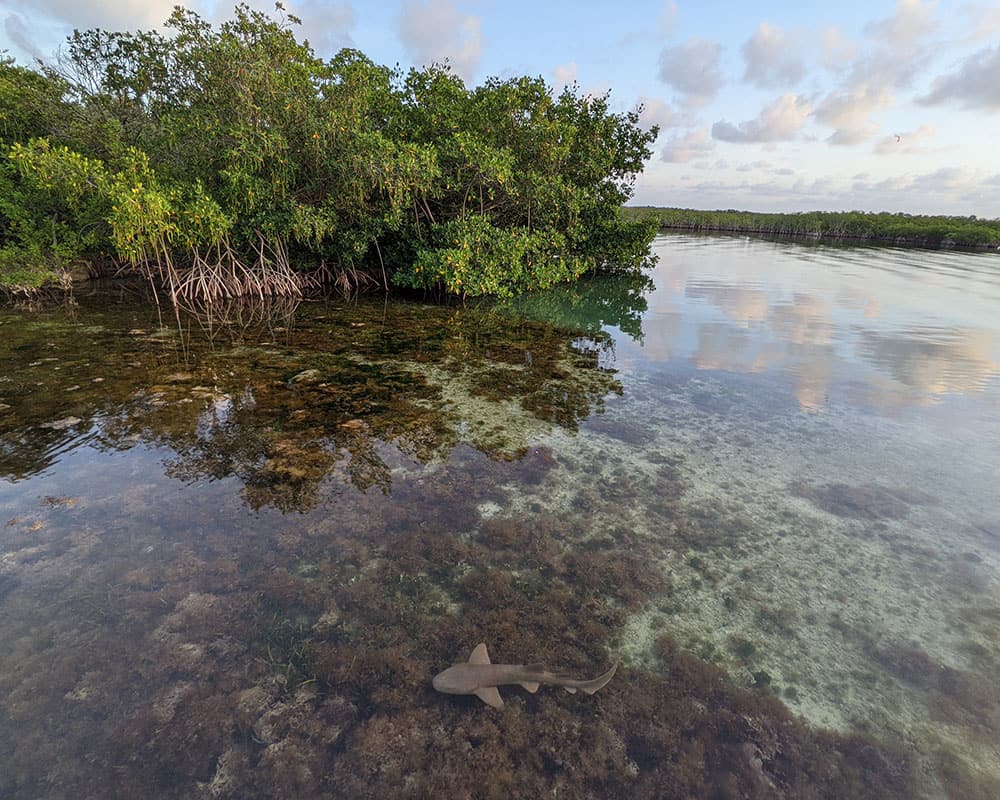
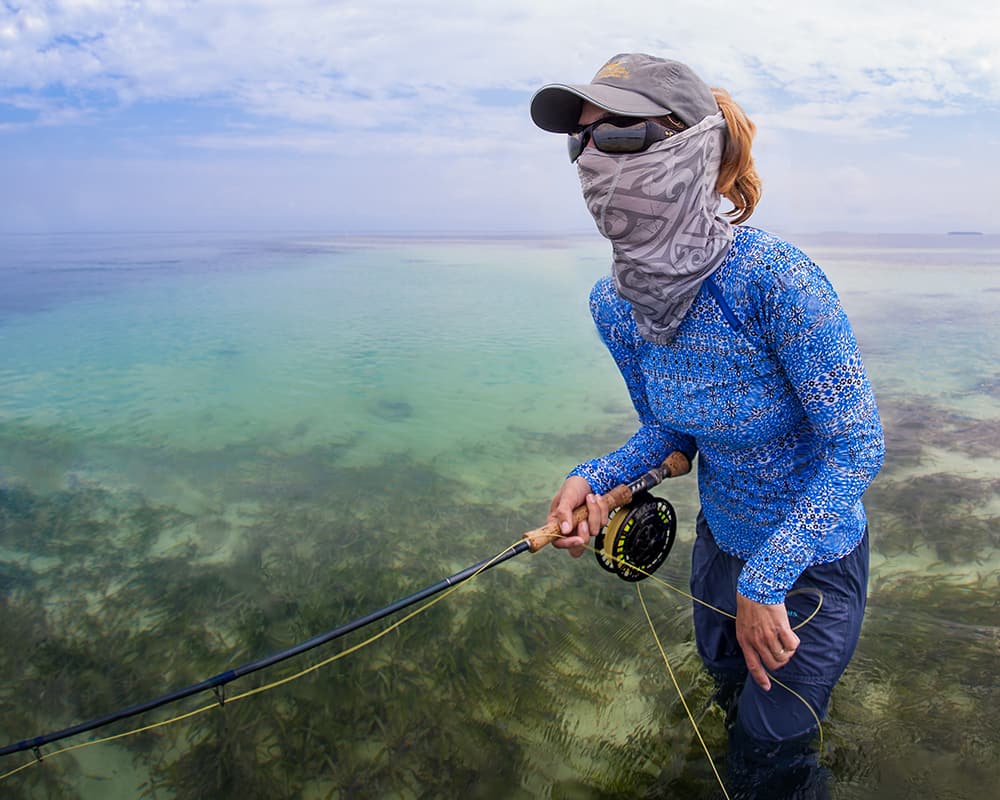
Day 3
Boat Ride to Dry Tortugas:
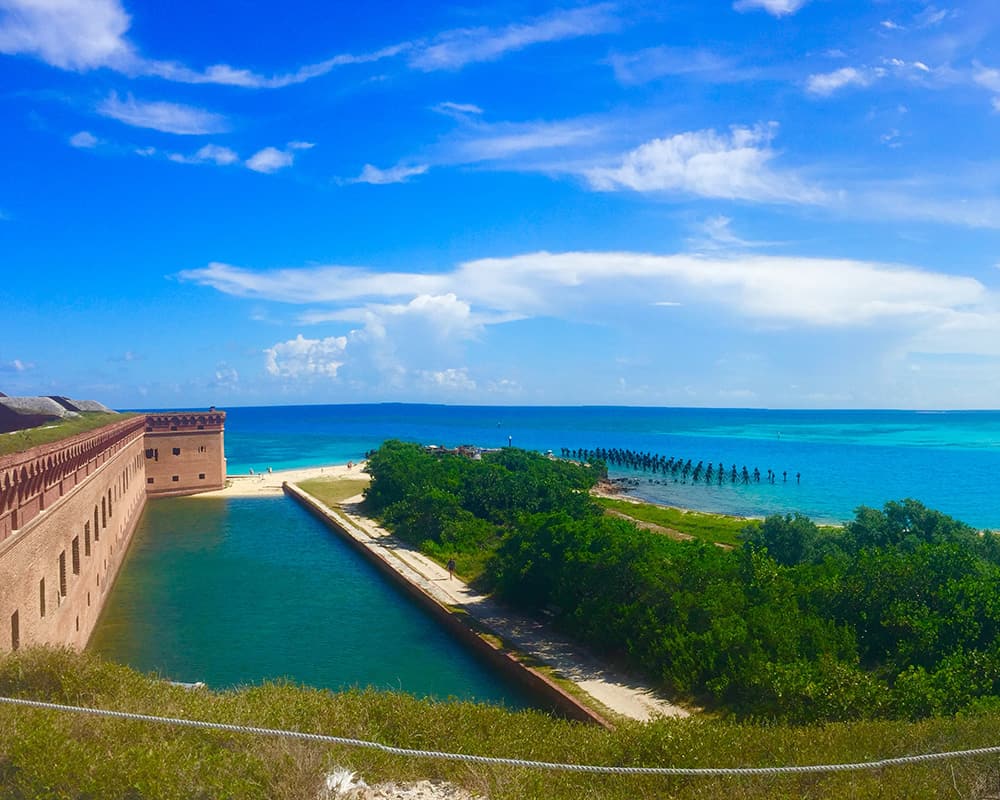
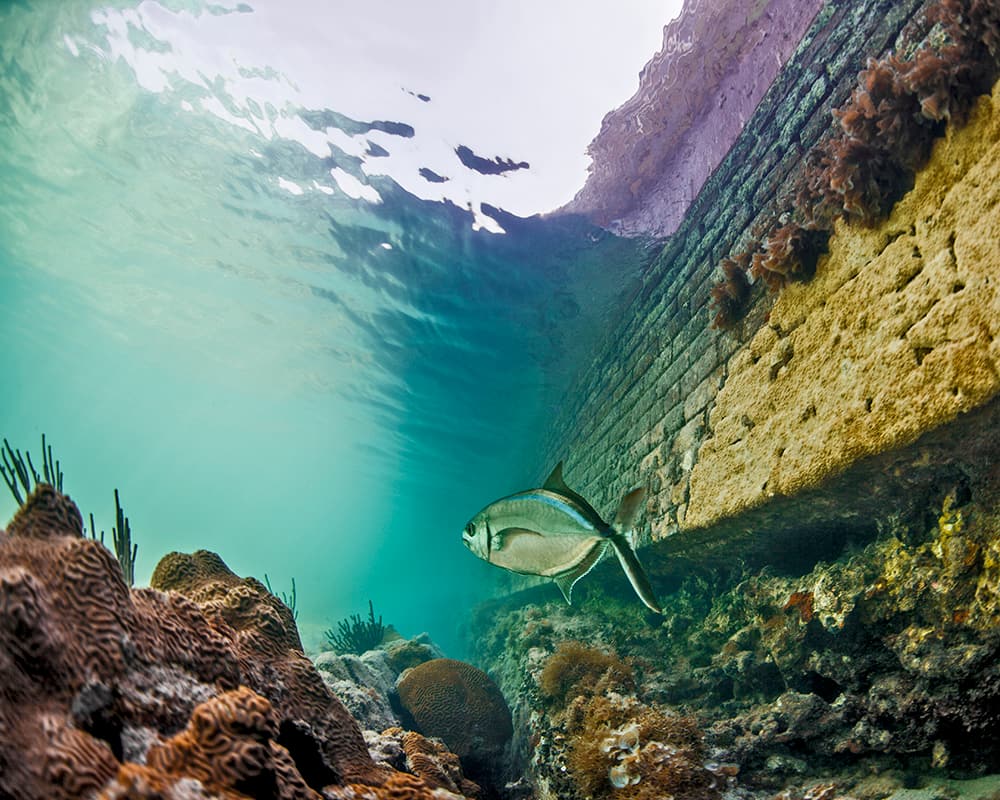
Extend Your Trip
If you can budget for more time, then you can spend more than one day in Dry Tortugas National Park by camping out there. This means sleeping under the stars in a tropical island paradise 70 miles away from civilization! There are also many points of interest in the Florida Keys along the Overseas Highway to consider.
Other Things To Do With More Than Three Days:
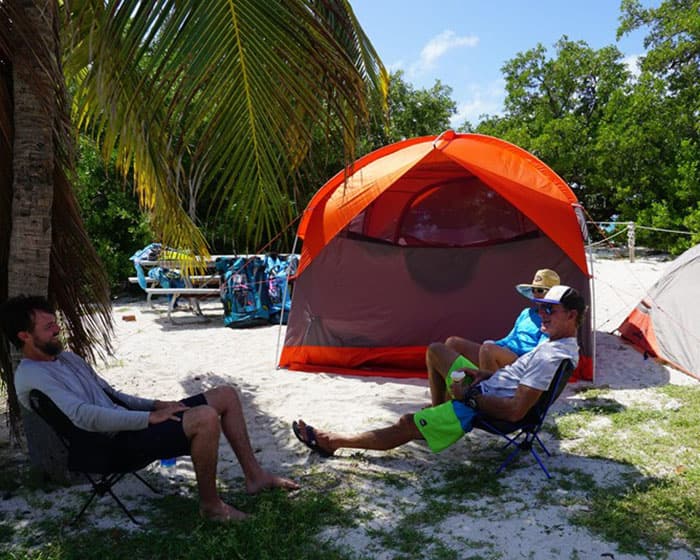
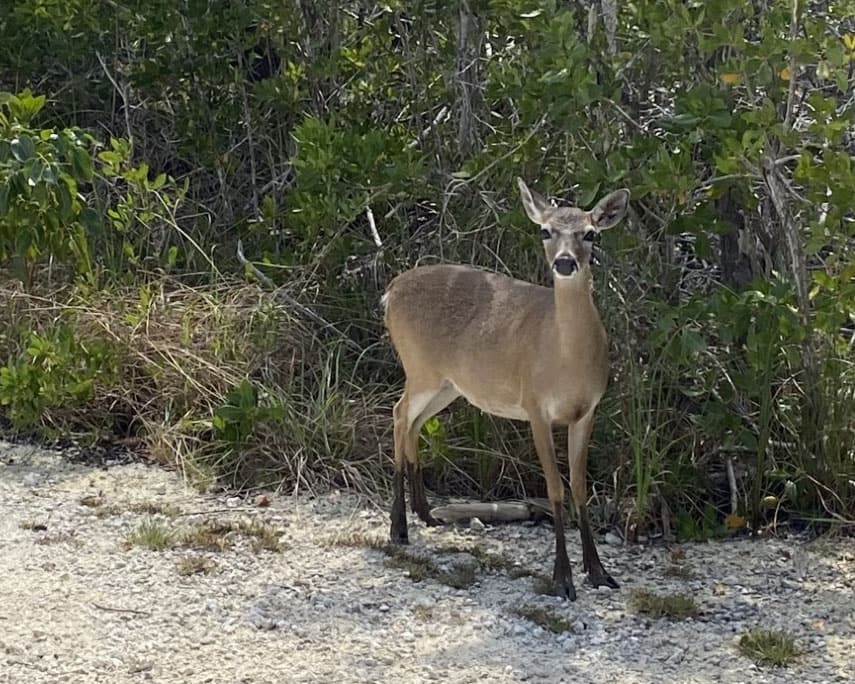
*Note: Boating and camping reservations throughout the Florida Keys often sell out months in advance. Reservations are not accepted for the six-person sites in Dry Tortugas National Park. All campers, once they arrive, will be guaranteed a place to camp. Plan ahead. Many activities are weather-dependent.
Rachel Plunkett is the writer/editor for NOAA's Office of National Marine Sanctuaries


